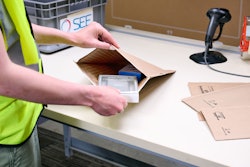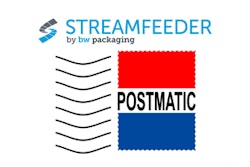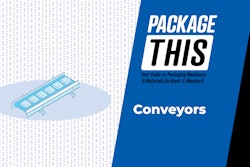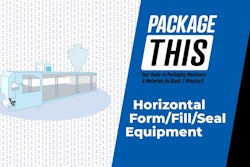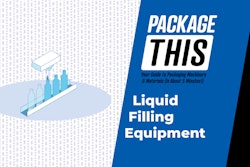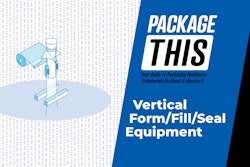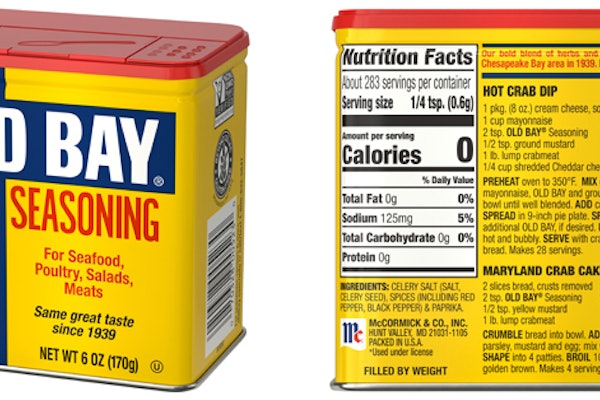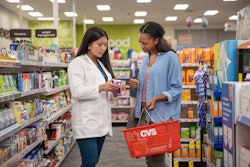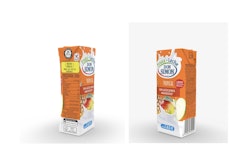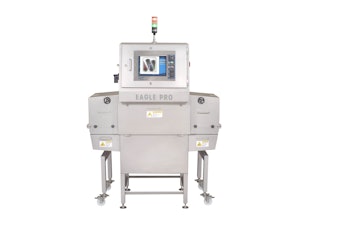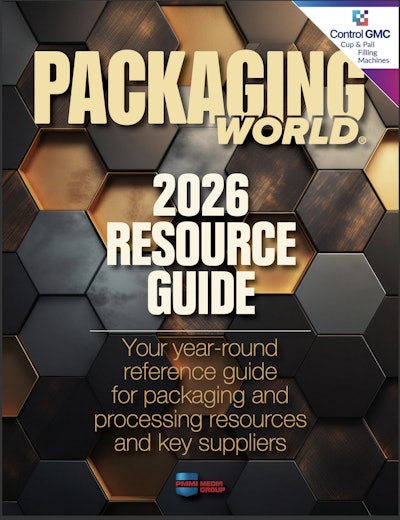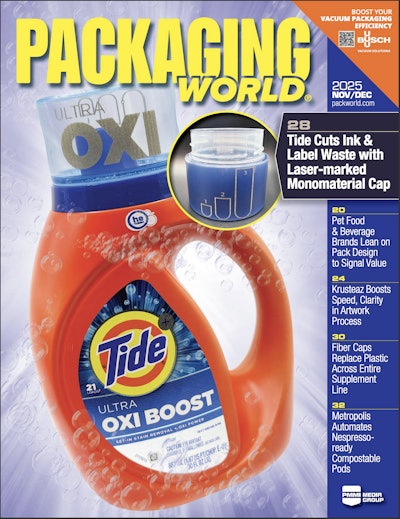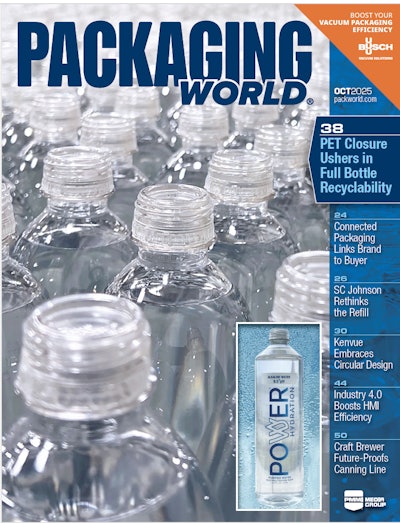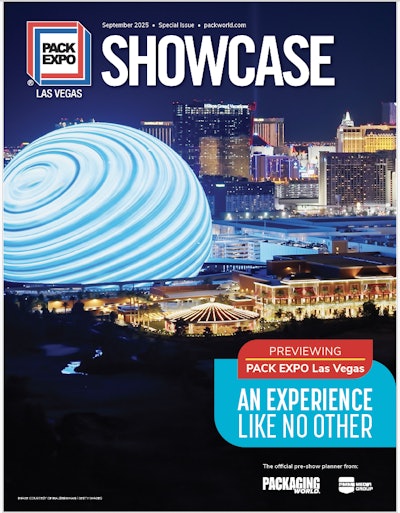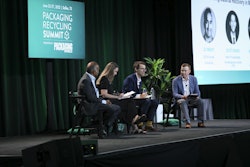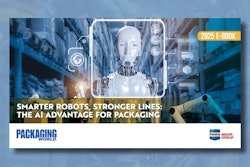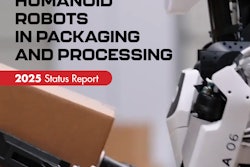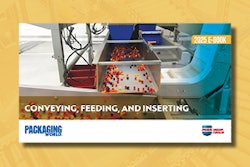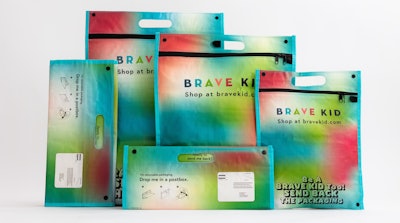
There’s no doubt that today’s consumers are highly critical of packaging, especially when they consider a package to be a source of pollution, as in the case of plastic, or wasteful. One especially big offender in consumers’ eyes is e-commerce packaging. Just consider the countless viral social media posts by consumers of tiny e-comm orders arriving in outrageously oversized packages.
Consumers aren’t wrong to be critical: According to an article in Science Direct, e-commerce generates 4.8-times more packaging waste than traditional retail, leading to growing concerns over its environmental impact. Furthermore, in 2023, the International Institute for Sustainable Development estimated that plastic packaging waste from e-commerce will double by 2025.
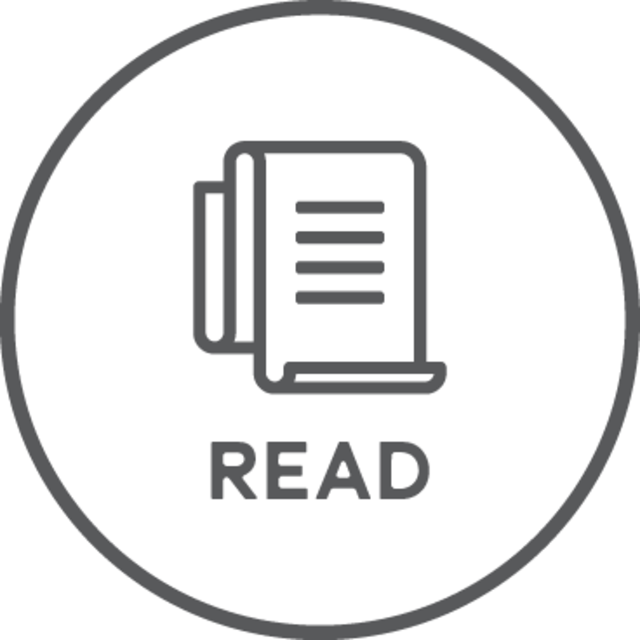 | Read this related article, “Durable, Reusable Sampling Packs Reduce Waste, Improve Brand Experience” |
One D2C brand bucking this trend is Brave Kid, a producer of high-end children’s fashion collections and accessories and part of Italian multinational luxury goods corporation Only The Brave, S.p.A. (OTB Group). Brave Kid has one showroom in Milan and ships its kidswear to 50 countries across the globe, including the U.S., from its online store. In mid-October, Brave Kid unveiled a new, delightfully decorated and durable reusable package from Movopack for all its shipments, excluding footwear.
Reusable bag offers circular solution
Just as large CPG brands have instituted sustainability strategies for their operations, so too have fashion brands recently begun making ESG commitments. According to OTB’s “Be Responsible. Be Brave.” strategy, the company is “committed to developing a more responsible fashion system, considering both environmental and social impacts along the entire value chain.”
Adds OTB, “We promote innovative product design, the adoption of circular business models, the research and use of lower impact materials, and responsible sourcing and traceability along the entire value chain.”
In early 2024, Brave Kid partnered with reusable packaging supplier Movopack to develop a circular solution for its packaging. According to Tomaso Torriani, CEO of Movopack, Brave Kid’s requirements focused both on functionality and aesthetics. “From a functional standpoint, Brave Kid required packaging that guaranteed the safe delivery of its high-quality products free from damage,” he says.
The solution was Movopack’s Handle package, a recycled woven polypropylene bag that features an integrated handle and a sleek zipper closure. To ensure the secure delivery of products, each package is fully water- and tear-resistant and is equipped with a security zip lock, assuring customers that the packaging has not been opened prior to delivery. Movopack custom-designed three sizes of the Handle package to replace Brave Kid’s previous single-use corrugated shipper.
From an aesthetic standpoint, Brave Kid saw the Movo bag as a key to conveying playful yet educational messages. “Together, we then conceptualized and developed a communication message that would resonate with both kids and parents, who are at the heart of our entire experience,” says Torriani, “As a result, each package includes the quote, ‘Be a BRAVE KID too! Send back the packaging,’ encouraging children and their parents to return the package for reuse.”
Brave Kid: A pioneer in sustainability
The Movo x Brave Kid package has been designed to be reused 20 times. When the consumer is finished with the packaging, they can reference a QR code on the bag that indicates the closest mailbox, fold the package up, making sure the return label is showing, and then drop it into the mailbox, free of charge.
Movopack’s reverse logistics system leverages 700,000 mailboxes across Europe, and the company has built partnerships with several postal service providers, aiming to optimize shipping distances and associated costs. Its business model operates on a pay-per-use basis, where partner brands are billed after each use of the packaging. The price encompasses all costs related to the return of the packaging, including postage, sanitization, and delivery back to the customer’s warehouse.
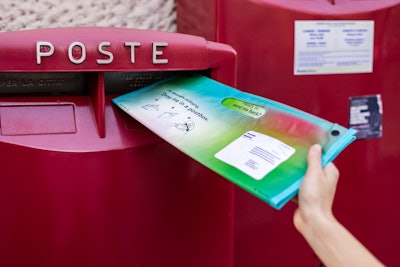 When Brave Kid consumers are done with the Movo bag, they fold it up, making sure the shipping label is visible, and drop it in the nearest mailbox.
When Brave Kid consumers are done with the Movo bag, they fold it up, making sure the shipping label is visible, and drop it in the nearest mailbox.
While Torriani says the cost of the Movo pack is “slightly higher” than single-use alternatives, he says that “Brave Kid as a brand is proud to absorb the modest cost increase” given the manyfold benefits of the packaging. From an environmental perspective, Brave Kid’s new reusable packaging has the potential to cut CO₂ emissions by 75%, reduce energy consumption by 72%, and lower water usage by 75% compared to single-use alternatives—according to a Life Cycle Assessment analysis by Movopack.
The reusable packaging also provides a distinctive unboxing experience that reflects Brave Kid’s identity and values, and it delivers a platform for positive messaging and education. “Additionally,” says Torriani, “it positions Brave Kid as a pioneer in sustainability.” PW


